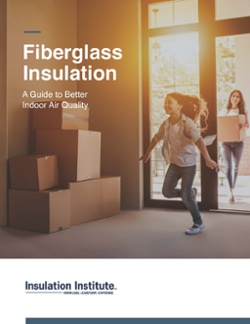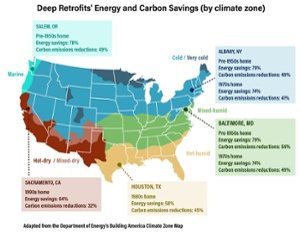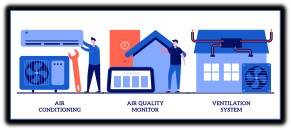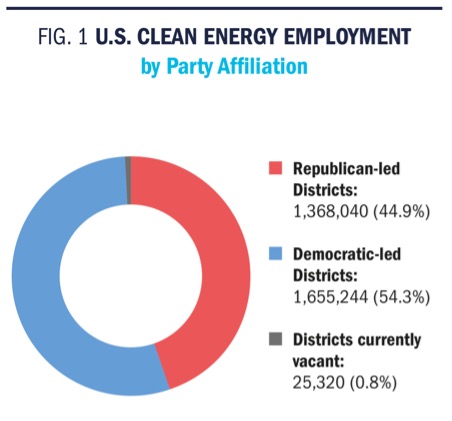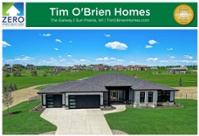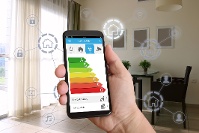According to a report issued by the National Oceanic and Atmospheric Administration (NOAA) this week, 2021 was the sixth warmest year on record.[1] Further, the hottest decade ever recorded occurred between 2009 and 2019.[2] The planet’s warming trend is forcing home builders globally to get creative to address the challenges we’re confronting. Here are five ways the climate is reshaping housing.
Details »Insulation Institute Blog
As the year winds down, we’re looking back at our most popular blog posts this year. If you’ve missed any of them, perhaps the end of 2021 will provide time to catch up!
Details »The North American Insulation Manufacturers Association (“NAIMA”) is the association for North American manufacturers of fiber glass and mineral wool insulation (including rock wool and rock and slag wool) products. NAIMA’s role is to promote energy efficiency and environmental preservation through the use of fiber glass, rock wool, and slag wool insulation and to encourage the safe production and use of these materials.
Details »Did you know that 40 percent of U.S. homes have at least one health or safety hazard? In fact, 35 million U.S. homes place their occupants at risk for health hazards, according to the National Center for Healthy Housing.[1] These homes have a range of problems, from mold and air leaks to toxic chemicals. Some states fare better than others. As consumer concern about healthy homes increases, access to data about the health of U.S. housing stock by state is useful to inform the marketplace and position new construction homes as a healthier option than many existing homes.
Details »E2 has published new, interesting data on clean energy jobs by congressional districts. Clean energy employment[1] (jobs in renewable energy and energy efficiency) accounts for 3 million U.S. jobs, and the sector will likely grow following the passage of the massive infrastructure bill. E2’s searchable database allows users a closer look at where those jobs are.
Details »Most home builders have a point-person responsible for ensuring that tradespeople are completing their work as specified. For some, that means there’s someone physically walking through homes after the insulation has been installed to ensure that the job is done properly. But do they know where to look? Our 25 checkpoints guide can help.
Details »Each year since 2013, the U.S. Department of Energy (DOE) Housing Innovation Awards recognize forward-thinking builders who construct homes that are Zero Energy Ready (with net zero achievable with the addition of solar panels). Among the winners of the 2021 Housing Innovation Awards is Milwaukee-area builder Tim O’Brien Homes, which took a top prize for a 3,000 square foot high-performance custom home insulated with blown-in fiberglass insulation.
Details »While some states have aggressive stretch energy code requirements, other states lag in their efforts. A new report from WalletHub, a personal finance company, analyzes data from various government agencies in 48 states and ranks each in their building, auto, and transportation efficiency. The report finds that Utah is the most energy-efficient state while South Carolina is the least. So how does your state rank?
Details »Peggy Smedley hosts the No.1 digital transformation and internet of things podcast in the nation. She has spent the better part of the past two decades teaching companies about the disruptive and innovative capabilities of technology and how to leverage those technologies for a better world. A passionate advocate for sustainability, Smedley believes that smart home technology can play a role in helping home builders affect national sustainability goals.
Details »

